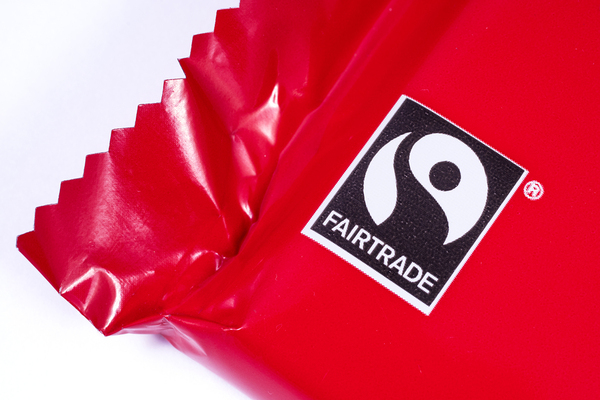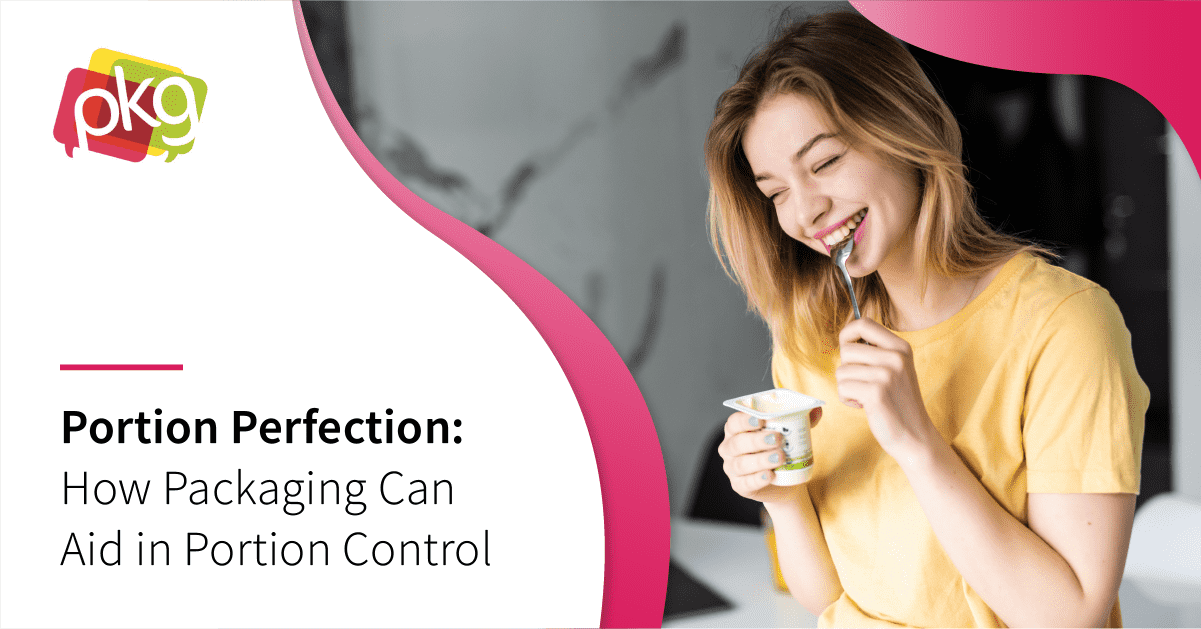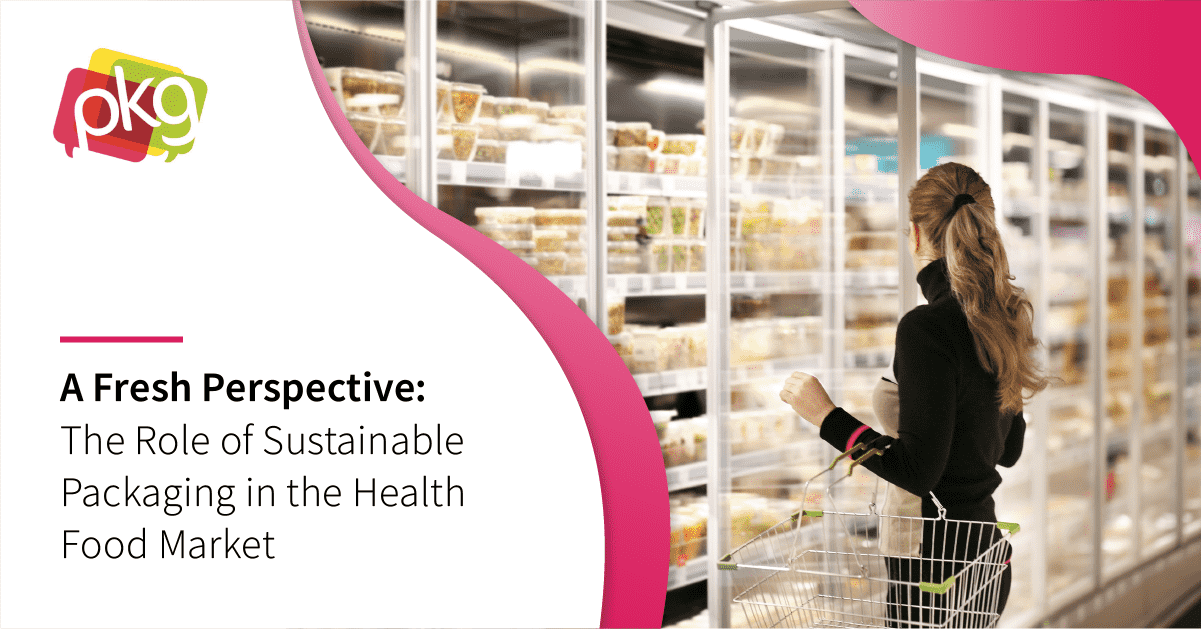Everyone knows that food packaging designs influence consumer behavior. With the majority of purchase decisions being made at the store, lack of brand loyalty can be used by CPG brands to their own advantage. Excellent food packaging design is the key to doing this, and it must pique not only consumer interest, but also communicate the right brand message.

People have deep-seated psychological associations with colors used in food packaging. For example, rich, dark colors along with minimalist packaging generally indicate a luxury food product, while playful fonts, fun shapes, and bright colors indicate family-oriented or kid-friendly products.
But can brands simply add whatever packaging colorants they want to their food packaging designs? No. They must do so in compliance with federal food safety laws. Fortunately, the scope of those laws and the availability of many options for food packaging colorants do not constrain packaging designers enough to hinder their creative efforts. Here’s what CPG manufacturers need to know.
Compliance with the Federal Food, Drug, and Cosmetic Act of 1938
The FD&C Act of 1938 enacted food standards to ensure that consumers got the value they expected. Under the act, foods could not represent themselves as standardized foods unless they actually conformed to clear standards. Standards of quality and standards of container fill were also part of the act.
This law was amended in 1958 and 1960, and both amendments have the potential to affect how pigments, dyes, and inks are used in food packaging designs. The Food Additives Amendment of 1958, in general, regulates packaging colorants that may come into contact with the food itself, while the Color Additives Amendment of 1960 applies to substances that are used to color foods, drugs, and cosmetics.
Color Additive or Food Additive?
It’s not always straightforward whether particular packaging colorants are considered food additives or color additives. Colorants which are not reasonably expected to become part of the consumable product, which are considered “Generally Recognized as Safe,” which are grandfathered in under approvals from before 1958, or that are subject to other exemptions, can be used in food packaging designs without having to comply with the Food Additives Amendment.

Colorants used in polymers in food packaging must comply with a different section of the FDA code than colorants used in paper and paperboard (particularly if they may come into contact with “aqueous and fatty foods.”)
Colorants that are not expected to migrate to food are not considered as food additives and may be used without FDA pre-clearance, based on a court ruling from 1979. The main way that a brand demonstrates that a colorant will not migrate into food is by the use of a functional barrier, or inner packaging.
Functional Barriers and Inks in Outer Packaging
Not all functional barriers are the same, but some are considered functional barriers for all possible migrant colorants. Aluminum foil and polyethylene terephthalate film that is at least 25 microns thick qualify as functional barriers for room-temperature products. When these are used to separate the food from the outer packaging, the packaging colorants used on outer packaging are generally considered acceptable for use, because it is assumed that those colorants are sufficiently separated from the food itself.
No Colors May Interfere with Compliance with Food Packaging Safety Regulations
As important as packaging colorants are, any colorant that colors the food (even if it is part of the packaging material) is considered a color additive and must comply with the 1960 amendment. Colorants that are not capable of coloring the food that may migrate into food are considered food additives and must comply with the 1958 amendment.
But packaging colorants that are not reasonably expected to migrate into the food do not require pre-market clearance by the FDA, and many food packaging designs incorporate inner packaging of aluminum or approved polyethylene films as functional barriers to prevent such migration.
If you want to keep up with the latest in trends, regulations, and considerations for food packaging design, we encourage you to subscribe to our blog.







